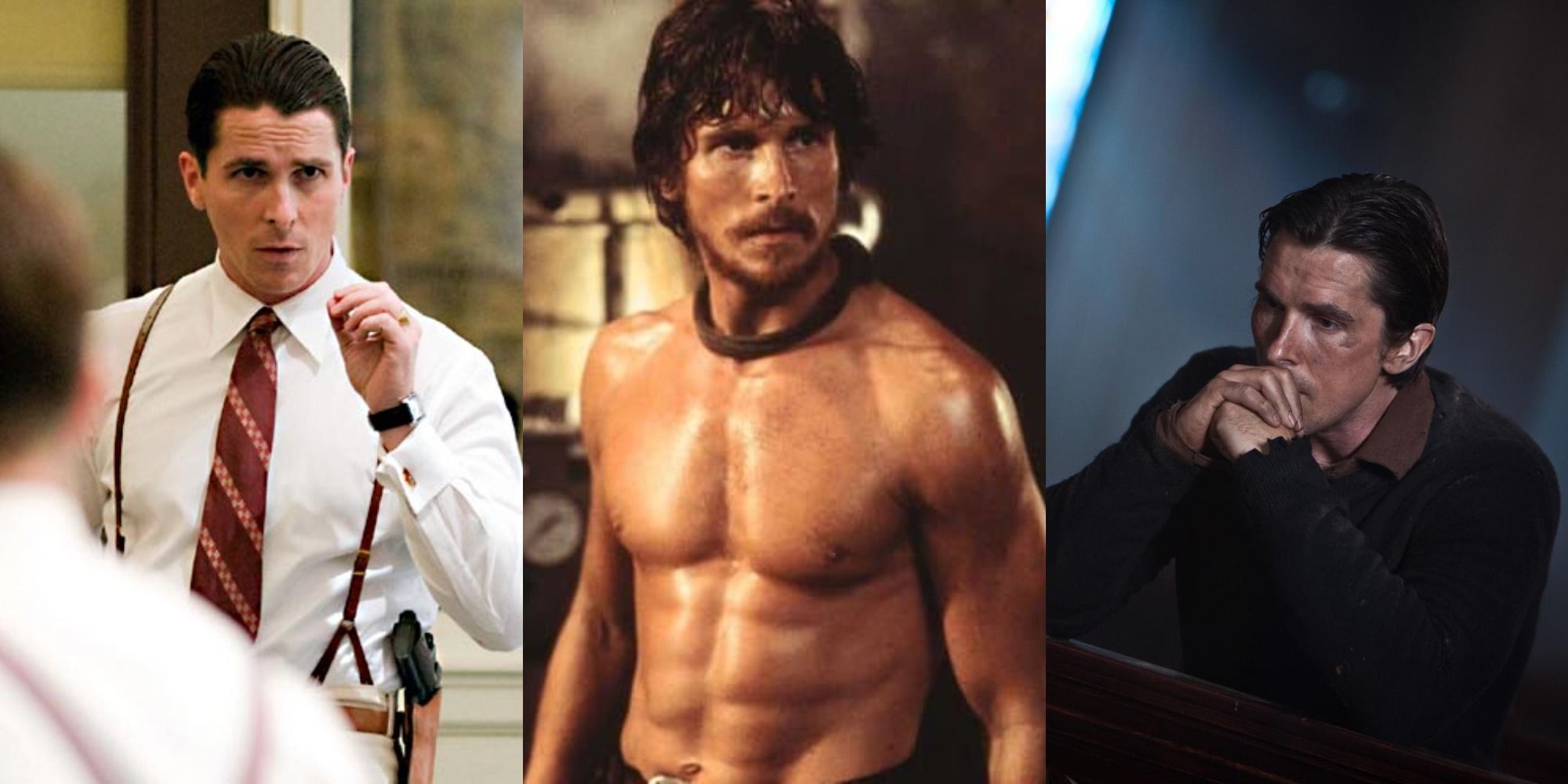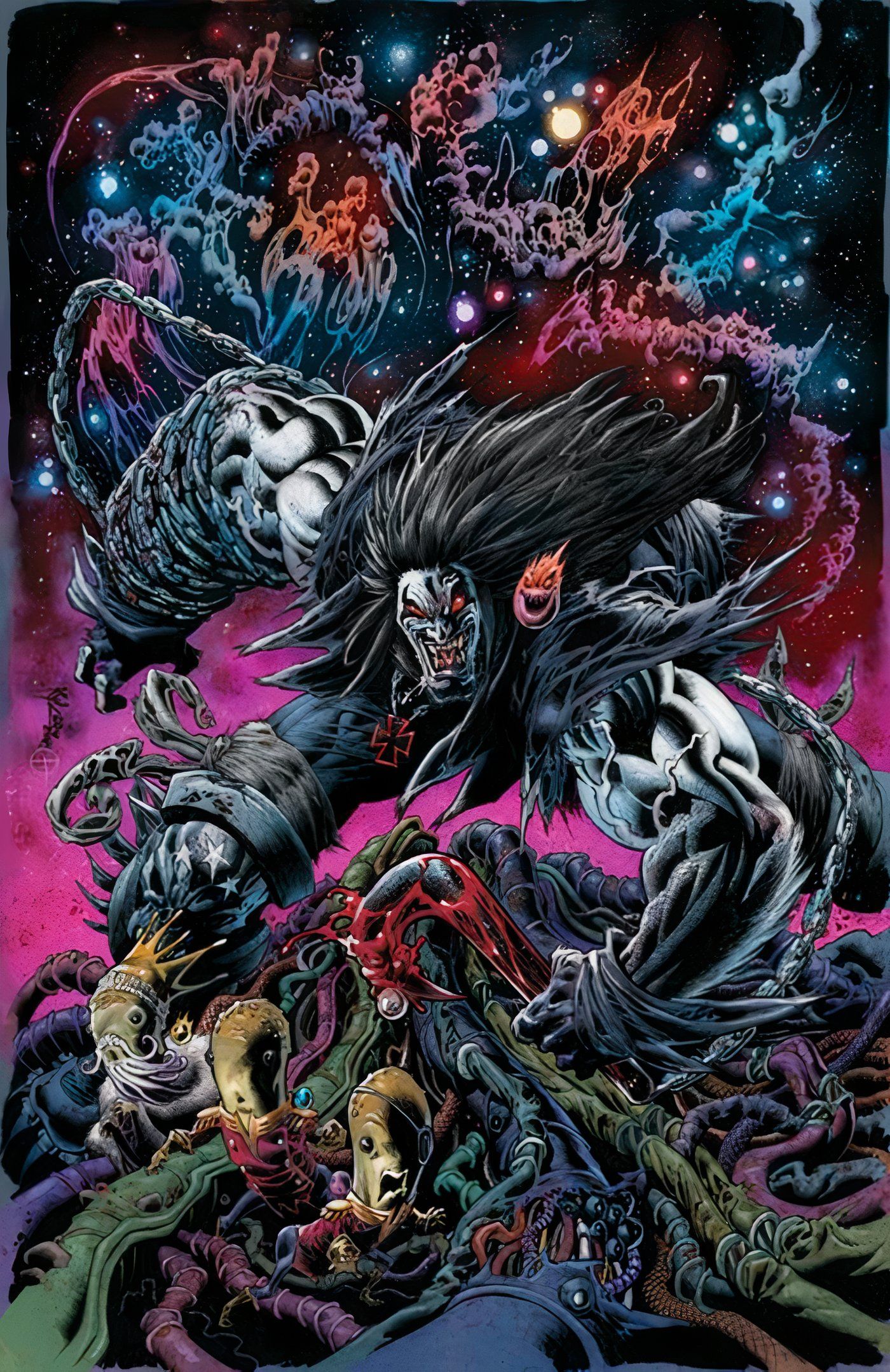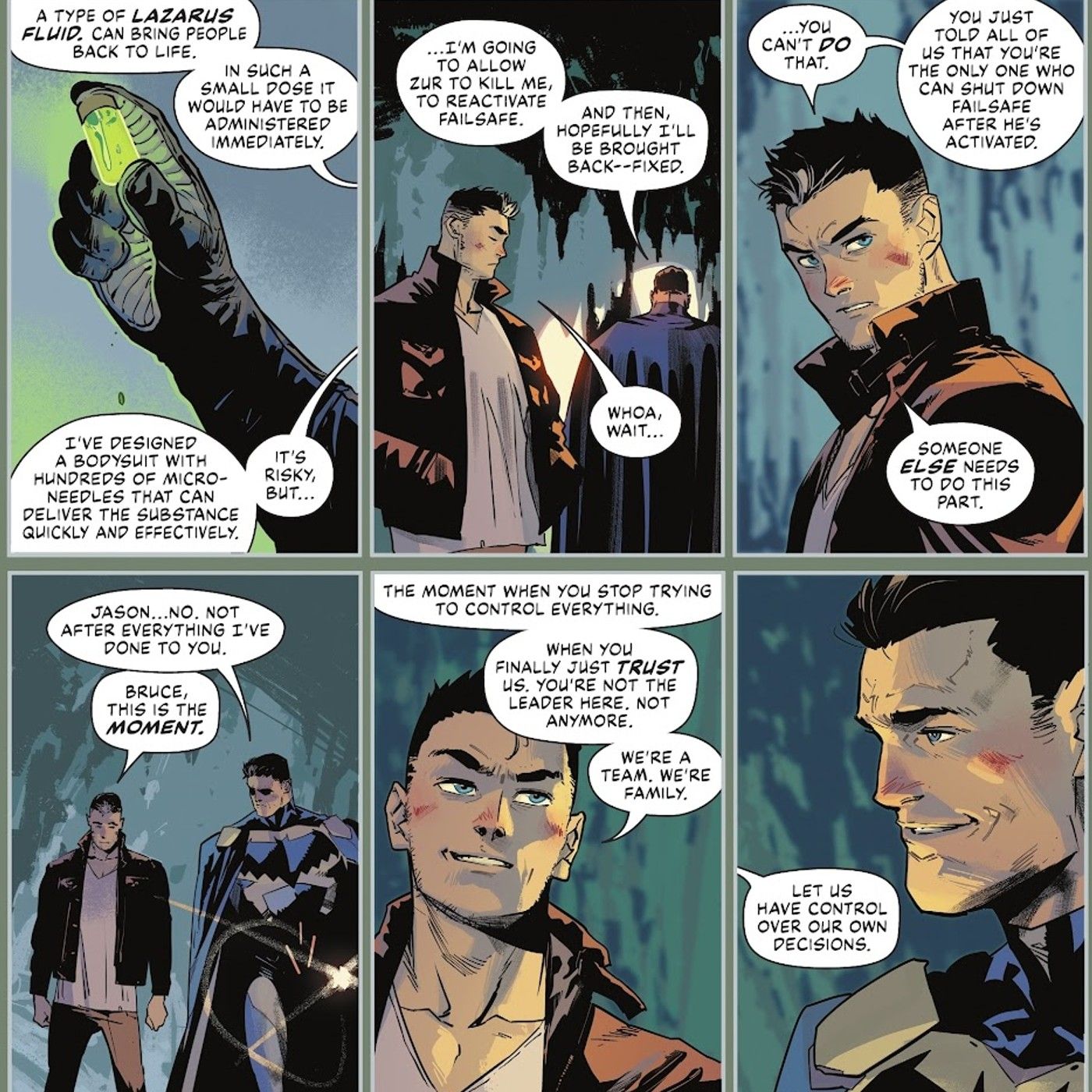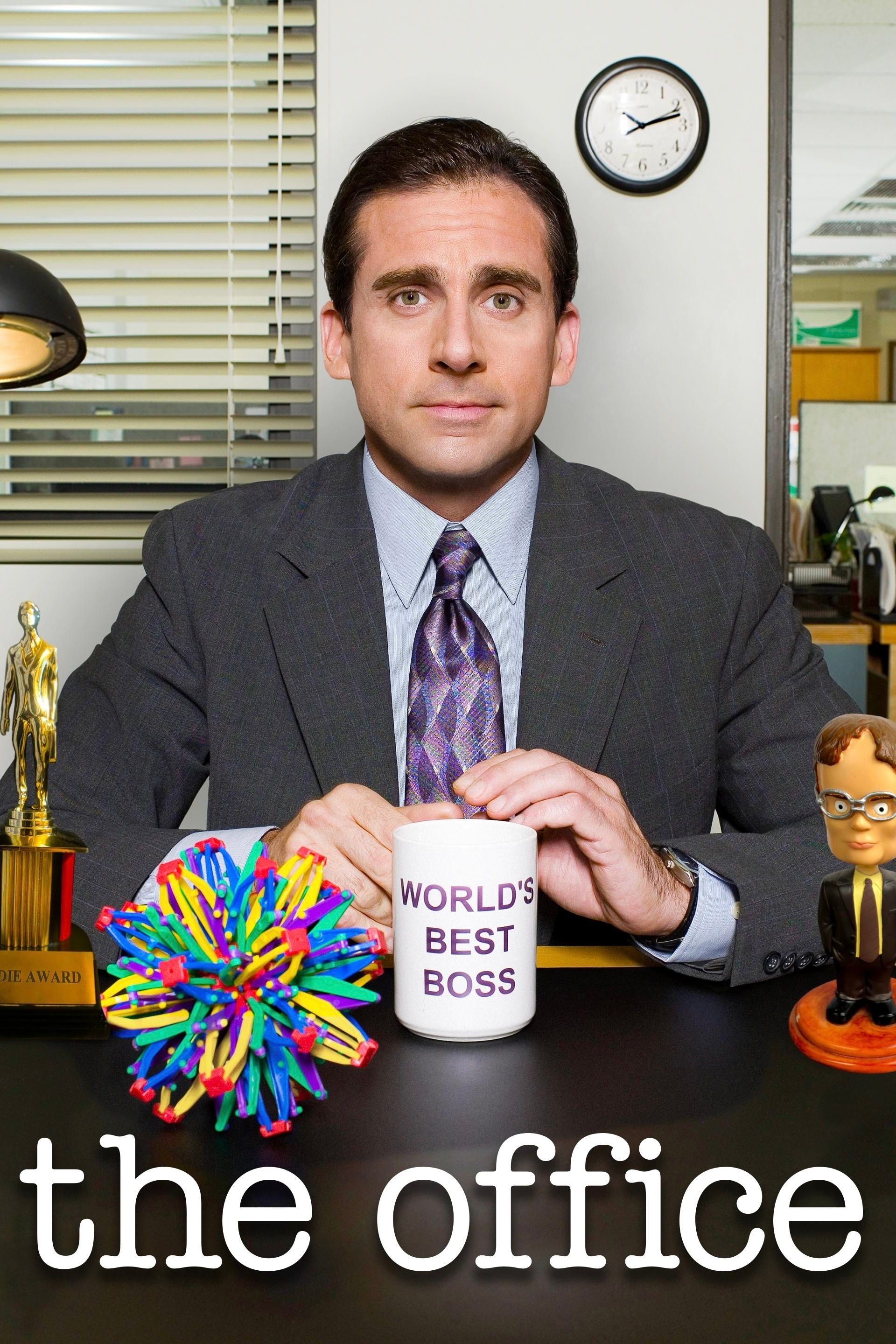Hamilton and The Greatest Showman are two of the most popular musicals of the last decade, with both currently streaming on Disney+, but there’s a clear winner when it comes to deciding which is the better of them. Lin-Manuel Miranda’s Broadway sensation landed on the Mouse House’s streaming service in July 2020, providing an instant boost to subscriber numbers and opening it up to a whole new audience. A month later, Disney+ repeated the trick with the addition of The Greatest Showman, which stars Hugh Jackman as P.T. Barnum, highlighting the sustained popularity of both musicals.
Before answering which is better, Hamilton or The Greatest Showman, there must be special attention paid to their surprising similarities. Both pieces follow particularly ambitious and scrappy men who rise up the ranks with the help of their own intelligence and self-assurance. Both men marry a women considered “above their station” and nearly lose her towards the story’s climax. Both men are based on historical figures who, in their respective adaptations, have received some backlash for straying too far from the truth. In terms of the music, both Hamilton and The Greatest Showman utilize contemporary stylings which juxtapose themselves with the older depictions of America (Hamilton bookends the American Revolution and The Greatest Showman spans the mid-late 1800s). And, interestingly, both title characters are portrayed by the men who ultimately inspired the project – Lin-Manuel Miranda wrote Hamilton, of course, but it was Hugh Jackman who pushed for a Barnum-inspired musical film as far back as 2009.
Thinking about these similarities allows for some interesting conversations regarding adapting musical theatre for the screen as well as each production’s approach to balancing effective storytelling while intentionally skewing historical facts. Here’s how Hamilton and The Greatest Showman compare.
Music
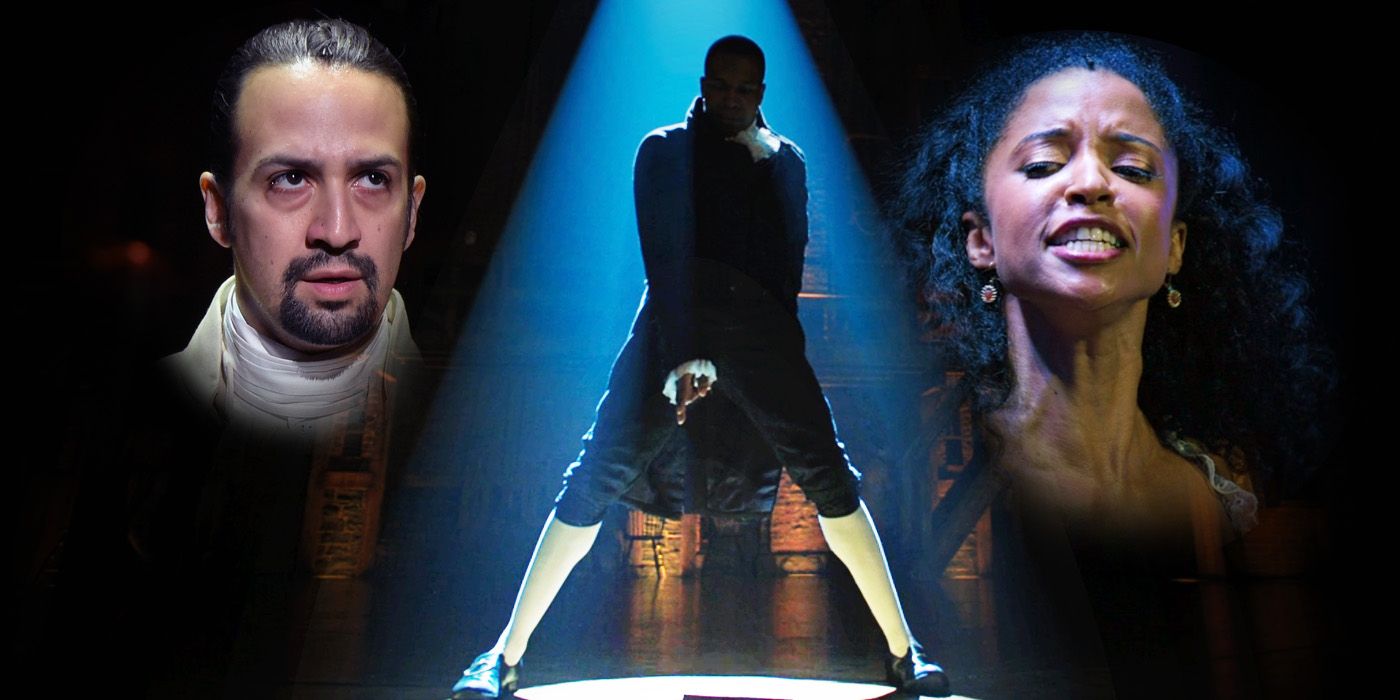
Both pieces have exceptional and very catchy songs which are utilized effectively to tell the story and boasting some of Broadway’s brightest songwriters: Lin-Manuel Miranda (In the Heights) and Benj Pasek & Justin Paul (Dear Evan Hansen) respectively. While both Hamilton and The Greatest Showman are set in America’s past, the composers lean into more contemporary stylings, surely to keep the more story accessible and relatable for modern audiences.
Influences for Hamilton really run the gamut, flipping effortlessly between Hip-hop, pop, and traditional musical theatre stylings. The Greatest Showman uses a more recognizable pop flair for many of its songs. While there is more music and lyrics in Hamilton (the show is nearly completely sung-thru from beginning to end like Les Miserables and Rent), The Greatest Showman chooses to drop its songs between spoken dialogue, not unlike classic “book musicals” like Oklahoma, South Pacific, and The Sound of Music. From a storytelling angle, while many of Hamilton’s best songs are rather plot-specific (they frequently use character names and narrate events as they happen), many songs The Greatest Showman soundtrack would not be out of place on the radio, regardless of their intended context. However, many of the songs have repeated lyrics and traditional verse-chorus-verse-chorus constructions, unlike the more complex and varied Hamilton score.
Historical Accuracy
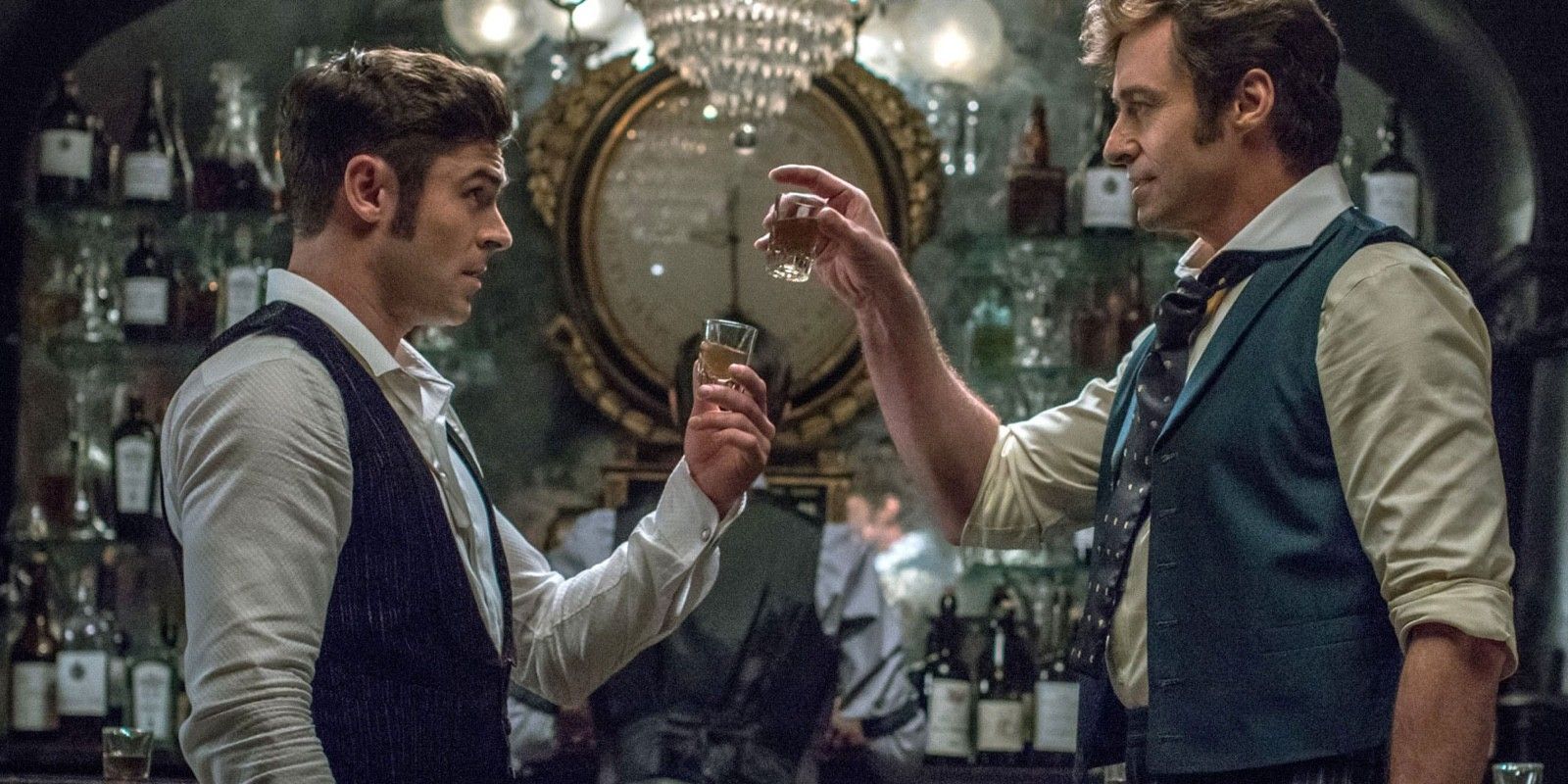
The creators of The Greatest Showman and Hamilton both play with history, eliding, consolidating, and omitting certain events to keep the story moving and its characters relatable. However, both have also been criticized for historical inaccuracies, especially the ones which effectively lionize their heroes – despite lacking historical justification. For example, Alexander Hamilton’s relationship to slavery is glossed over through the course of the musical while his real-life stance was much more complicated and, at times, contradictory. Similarly, the real P.T. Barnum’s personality was not nearly as sugary as presented in the film. In reality, he has been criticized for his love of money over ethical practices surrounding his business. By crafting more likable leading men for their stories (both Miranda and Jackman turn in charming performances), the filmmakers skirt around some of the stickier historical bits in order to give its viewers someone to root for.
Performances
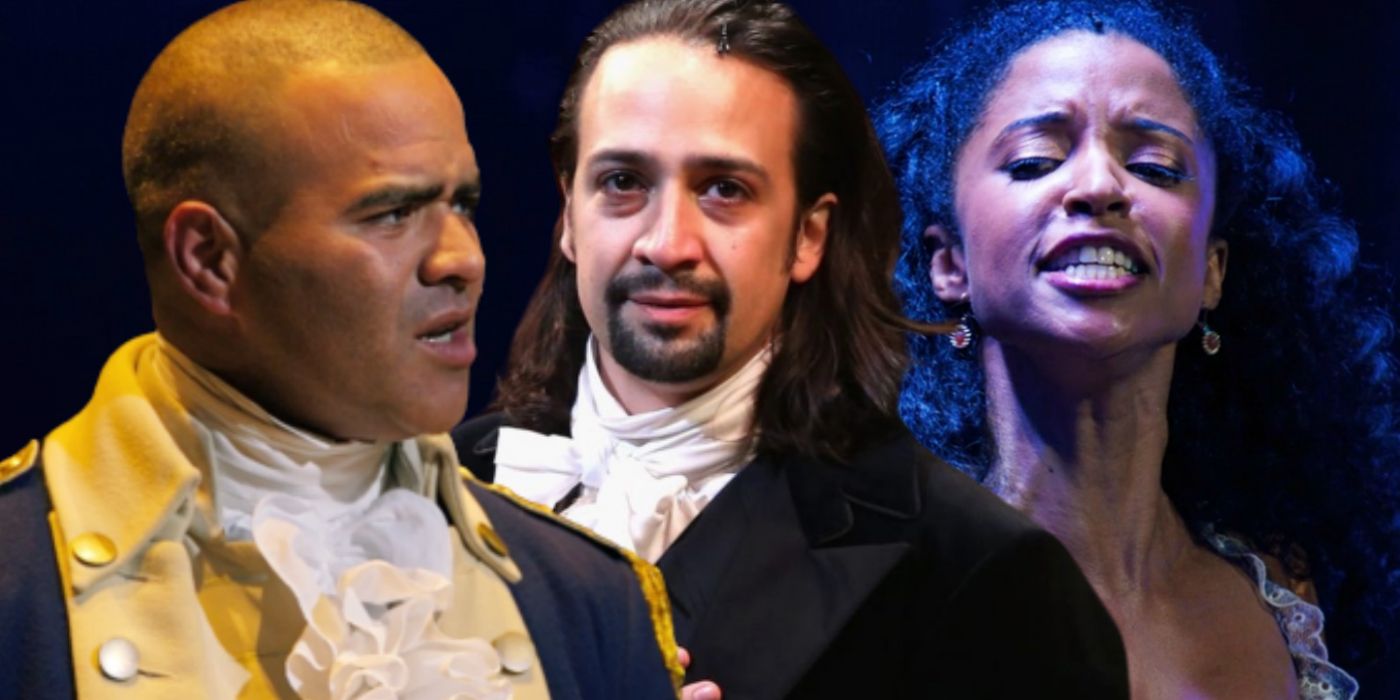
In addition to the strong leading performances, both pieces are populated by some exceptional talent. The scenes in both Hamilton and The Greatest Showman are well-acted, well-sung, and show moments between characters that crackle with chemistry. Yet it should be noted that the performance requirements for each film are dramatically different. While The Greatest Showman utilized a more traditional and longer filming schedule, the Hamilton film was shot during three performances and spliced together. While The Greatest Showman‘s music and singers are more heavily edited (in fact, Rebecca Ferguson, who is a skilled actress in her own right, lip-synchs to Loren Allred’s vocals), Hamilton boasts actors who are more-or-less performing live, just as they did eight times a week during their Broadway run.
Choreography
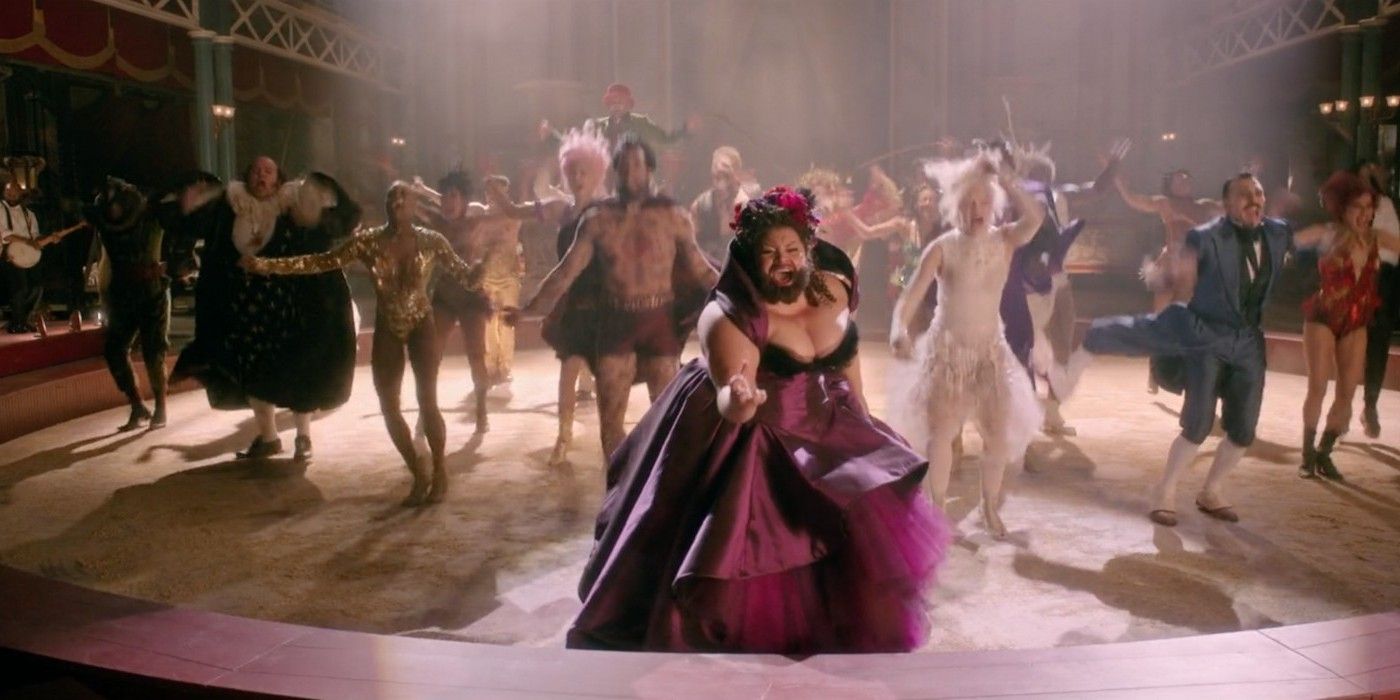
Characterized by sharp and stylish choreography, both Hamilton and The Greatest Showman have ensemble numbers that bring down the house. Choreographed by Andy Blankenbuehler and Ashely Wallens, respectively, the design and execution of the athletic movement is incredibly precise and truly enhance the storytelling. However, the pieces differ in their approach to their conveyance of storytelling through movement. While The Greatest Showman uses its expansive set-pieces to enhance its choreography (such as the number with Zendaya and Zac Efron, which teeters constantly between an arial display and a dance), Hamilton’s choreography is perhaps more stylized (an actor who symbolizes death plays The Bullet and George Washington’s army approximates military formations with a series of dance steps). Both are effective and serve the story they aim to tell, but the choreography in Hamilton is much more integral to the show’s action and story.
Visuals
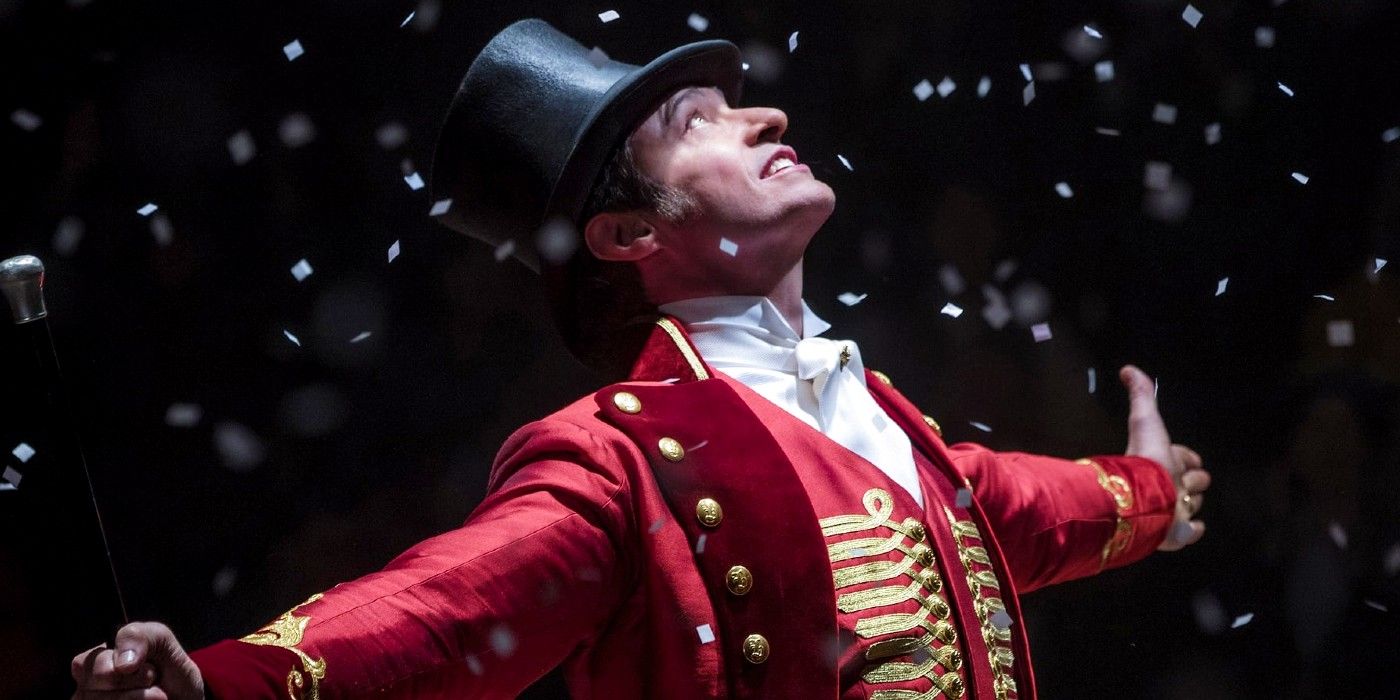
In very different ways, both Hamilton and The Greatest Showman are responsible for some eye-catching and memorable visuals. Hamilton, though designed for the wider scope that an entire Broadway stage allows, director Thomas Kail does a commendable job in adjusting to the on-screen format. For the Disney+ version, Kail oscillates between full-stage wide shots and intimate closeups, bathing in the show’s muted, earthy, and timeless color palate. Director Michael Gracey, on the other hand, fully embraces The Greatest Showman‘s circus-like atmosphere and costumes throughout his film. While Hamilton‘s staging is far more restrained, there is great excitement when seeing Barnum’s animal menagerie, death defying stunts, and technicolor explosions – all made possible with editing and the use of CGI. Undeniably, both pieces can be characterized as “spectacles” in their own way.
Narrative
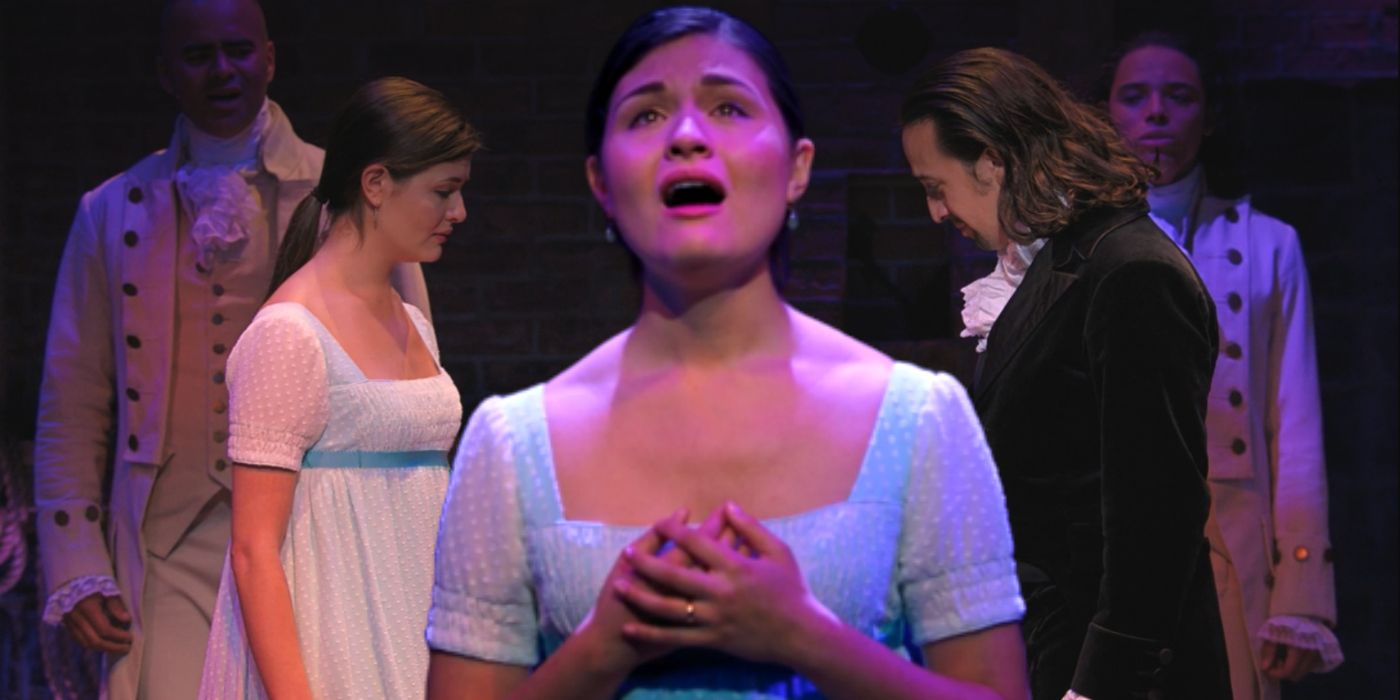
The overall stories of Hamilton and Barnum, as depicted in these film incarnations, share many similarities, as noted above. However, certain decision made in the writers’ rooms clearly show different approaches to telling their stories. For example, both pieces have a prologue but execute them differently. Before dropping into the primary narrative, Miranda chooses to have the show’s characters talking directly to the audience to catch the audience up on the Founding Father’s early history, utilizing a theatrical convention called “breaking the fourth wall” – which it continues to use throughout, particularly by having Aaron Burr function as the show’s narrator. By contrast, The Greatest Showman uses a series of flashback scenes in the film’s early minutes, showing Barnum’s earlier child experiences and perspectives.
While Hamilton has a longer run-time with more time to flesh out characters, The Greatest Showman does a serviceable job in distilling down its characters and strives to make even its most unique figures relatable. Both films are essentially about the rise to prominence of men who succeeded against the odds. Whereas Barnum’s story is ultimately a rather generic one of the importance of family, Hamilton’s is far more nuanced, dealing with themes of legacy, pride, and ambition – traits which, despite being attributed to the real-life Barnum, are downplayed heavily in The Greatest Showman. Further, the supporting characters in Hamilton have several moments to shine and connect with the audience (Angelica’s “Satisfied,” Burr’s “Wait For It,” Eliza’s “Burn,” and Jefferson’s “What’d I Miss” all come to mind), but The Greatest Showman, perhaps due to its shorter runtime, chooses to keep a tighter focus on its protagonist.
Why Hamilton Is Better Than The Greatest Showman
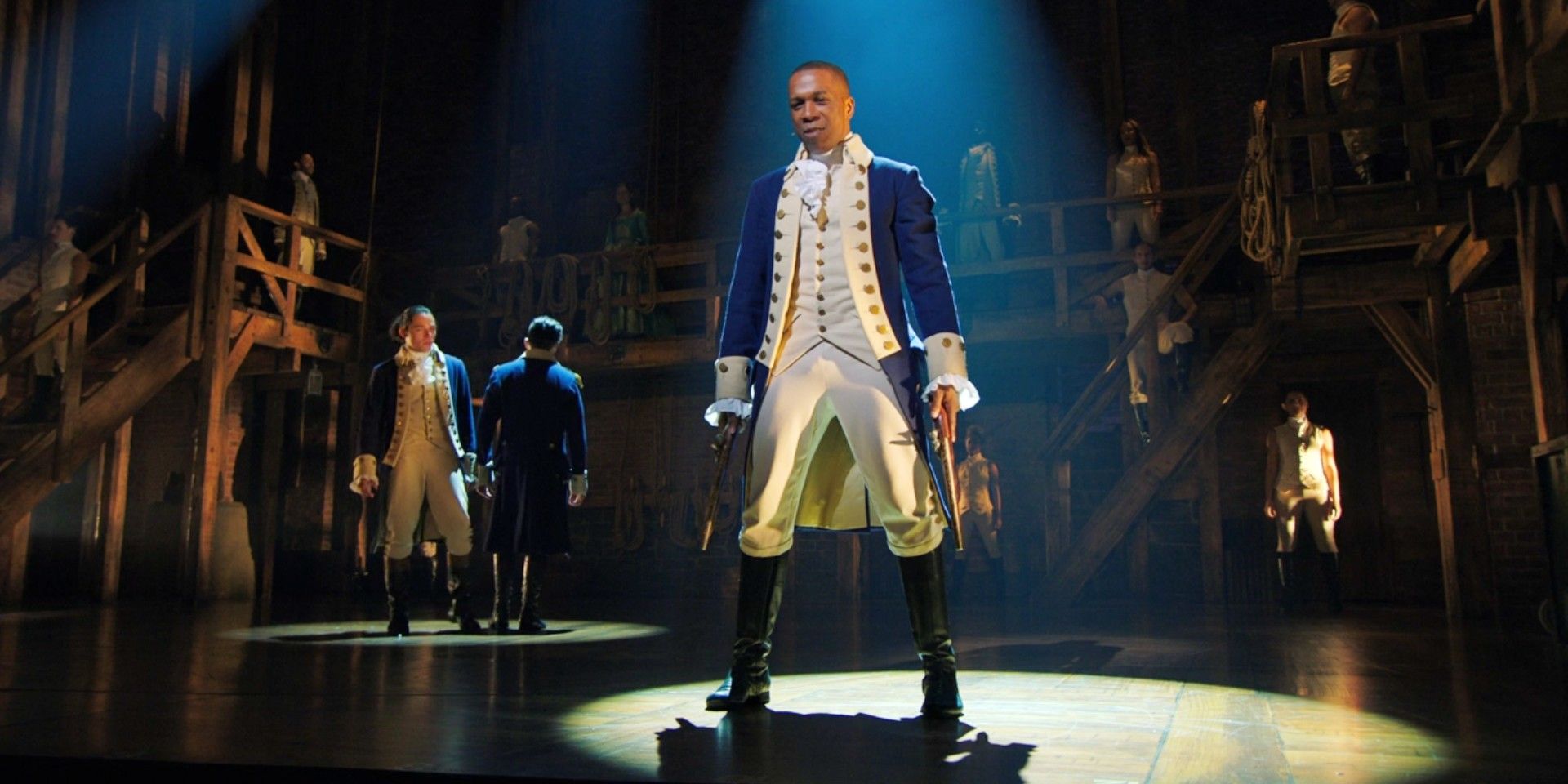
While both enjoyable, it is Hamilton, with its specific and plot propelling music and choreography, phenomenal live performances, and more challenging, thought-provoking story, that comes out on top. The show distills the story of America’s Founding Father down to a digestible, engaging package, taking time to explore not only Alexander Hamilton’s life, but also those most influential on it. While both pieces stray from historical truth, Hamilton seems more willing to entertain idea’s surrounding their protagonist’s shortcomings and flaws.
The Greatest Showman creates a version of P.T. Barnum far kinder and far more likable than his real-life counterpart, failing to examine the man’s complicated life and actions. The Greatest Showman is bold, colorful, and succeeds through its sheer force of will, as did the real-life P.T. Barnum. Hamilton is wordy, clever, and restless, and prone to experimentation, not unlike Alexander, himself. While Hamilton takes more artistic risks to tell its story, it does so well and with a sense of bold intentionality that sets it apart.
